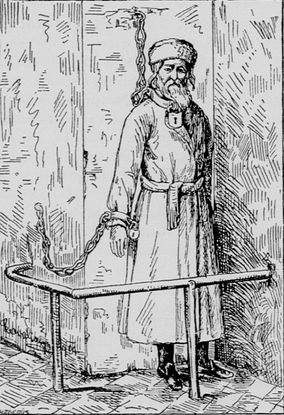Notre Dame cathedral is considered one of the finest examples of French Gothic architecture.
Its construction began in the 12th century and took 200 years to complete!
When construction began, medieval Paris was expanding in size and significance.
A new and ambitious bishop, Maurice de Sully, embarked on an ambitious project to build a grand cathedral to accommodate his rapidly growing congregation and rival other influential cities and abbeys.
He opted for the flamboyant Gothic style - a new architectural style recently showcased at the royal abbey of Saint-Denis, just outside of Paris.
Notre Dame was the largest religious building in the Western world - measuring a massive 120 x 40 x 70m.
It dominated the Parisian skyline and remained the tallest structure in the city until the Eiffel Tower was completed in 1889!
The esplanade in front of the cathedral was originally occupied by many merchants, including editors, booksellers and butchers - whose establishments were demolished to make way for the cathedral.
The nearby bridge, the Pont-aux-Changes, was built to facilitate the transport of raw materials for the construction.
Fun fact : the compass carved in stone in front of the cathedral marks the "Point Zero" of Paris, the official centre from which all distances from the capital are measured.
In Medieval times, this spot was also used for public punishment - where criminals were chained to a wooden post, carrying signs detailing their offenses.



















.jpg)